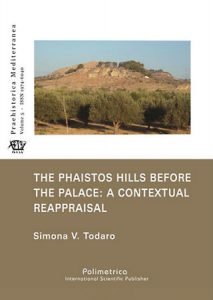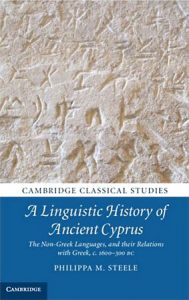The Making of the Middle Sea: A History of the Mediterranean from the Beginning to the Emergence of the Classical World
London 2013



Schallin, A.-L., 2013. Review of W. Gauss & E. Kiriatzi, Pottery Production and Supply at Bronze Age Kolonna, Aegina. An Integrated Archaeological and Scientific Study of a Ceramic Landscape (Vienna 2011), Journal of Hellenic Studies 133 (2013): 255-256.


Hulin, L., 2013. Review of Louise Steel, Materiality and Consumption in the Bronze Age Mediterranean (New York 2013), Journal of Ancient Egyptian Interconnections 5:3 (September 2013): 83-85.
Brown, Τ., 2013. Review of Elizabeth Matisoo-Smith & K. Ann Horsburgh, DNA for Archaeologists (Walnut Creek 2012), Cambridge Archaeological Journal 23:2 (June 2013): 336-337.

